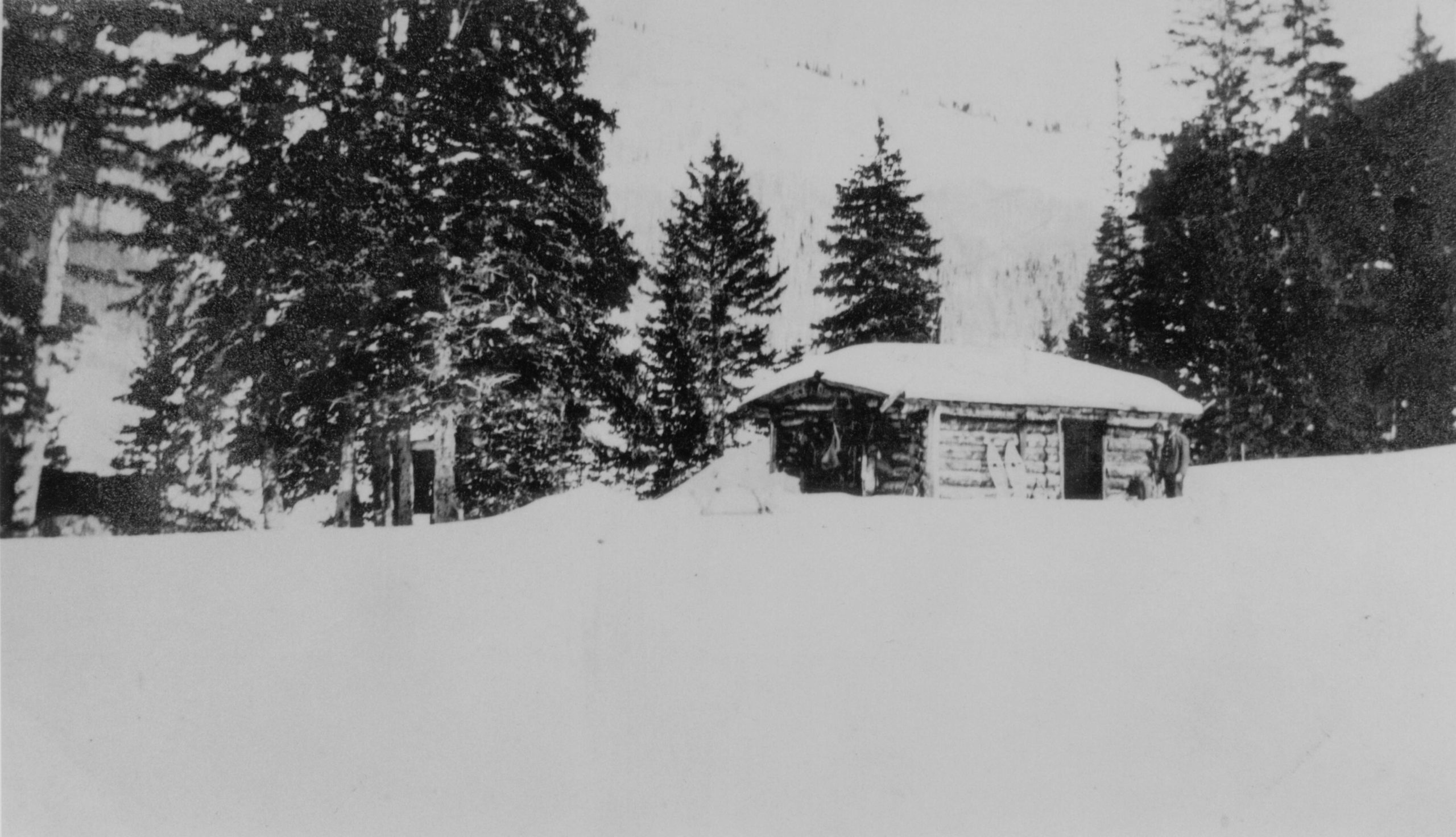Some information may be outdated.
Over a hundred years ago, a small community was established high in the La Sal Mountains. Miner’s Basin, also known simply as Basin, was founded in 1889 with high hopes of mining prosperity. Copper, gold and silver had recently been discovered in the La Sals, and the newly established Miner’s Basin Mining District constructed a company town to support mining operations.
Dozens of optimistic miners relocated to Miner’s Basin. Company housing, a post office, a hotel, a blacksmith, and two saloons were built to accommodate the workforce. Mining work was physically demanding and dangerous, and the high elevation settlement saw harsh, cold winters. In its heyday, up to about seventy-five residents called Miner’s Basin home, but gold, silver, and copper were not as plentiful as originally hoped, and mining efforts in the La Sals dried up.
Some of the community’s residents relocated to other Grand County settlements, and some sought mining opportunities elsewhere. By about 1908, only a half dozen families remained. Buildings and equipment that could not easily be removed were left behind as residents relocated. The boom-and-bust trajectory of Miner’s Basin was not uncommon—many small mining communities sprang up only to be abandoned a few years later across the western United States around the same time period. Today, traces of buildings and rusted machinery remind visitors to the remote settlement of its storied past.
The Moab Museum is dedicated to sharing stories of the natural and human history of the Moab area. This story is part of a series of articles highlighting ghost towns and remote communities in Grand County. To explore more of Moab’s stories and artifacts, find out about upcoming programs, and become a Member, visit www.moabmuseum.org.
Appreciate the coverage? Help keep local news alive.
Chip in to support the Moab Sun News.





